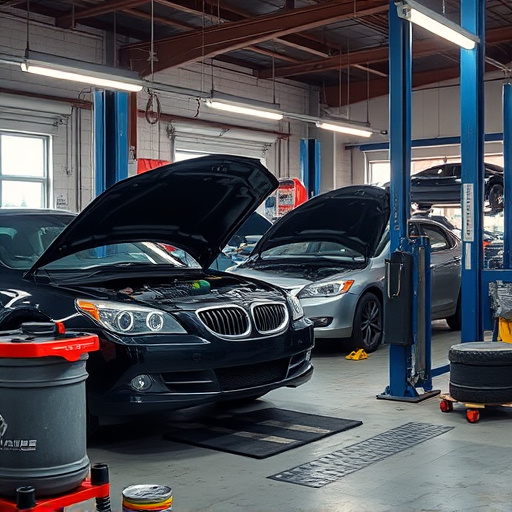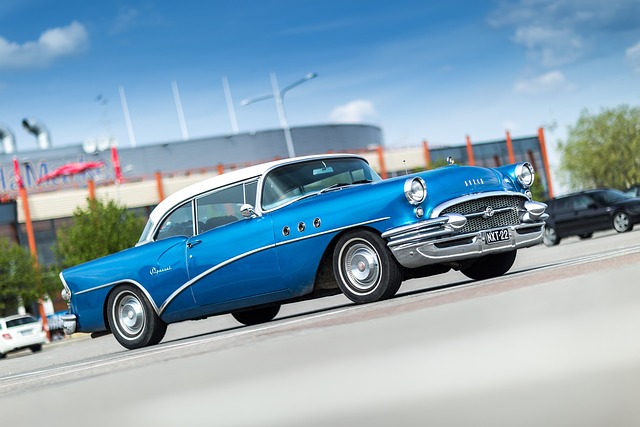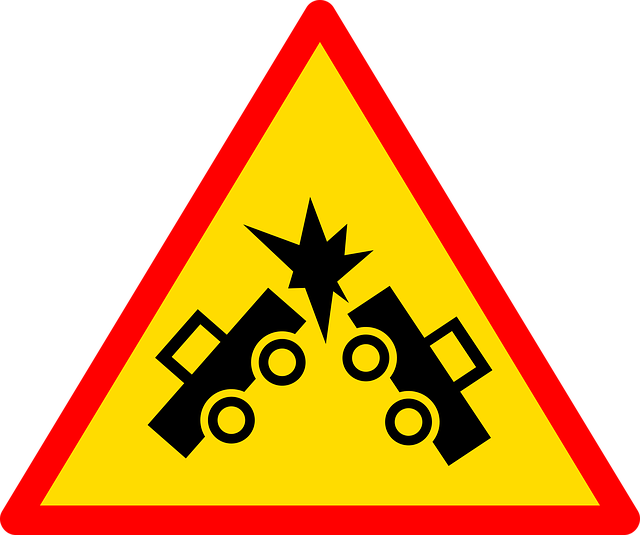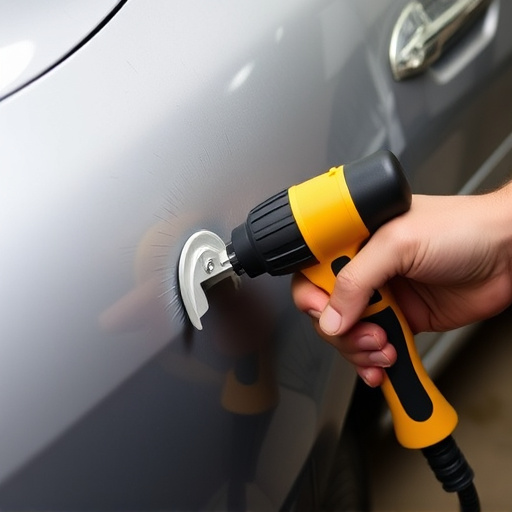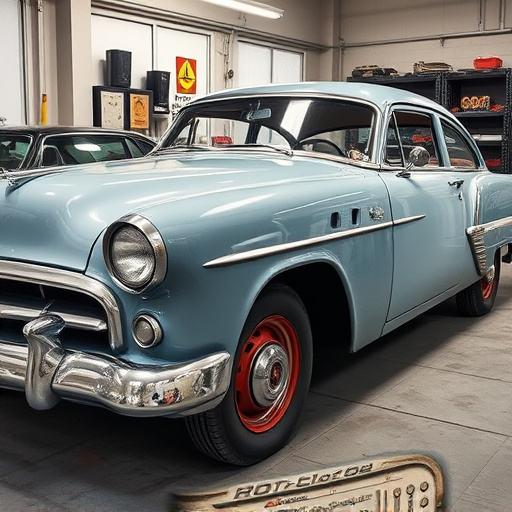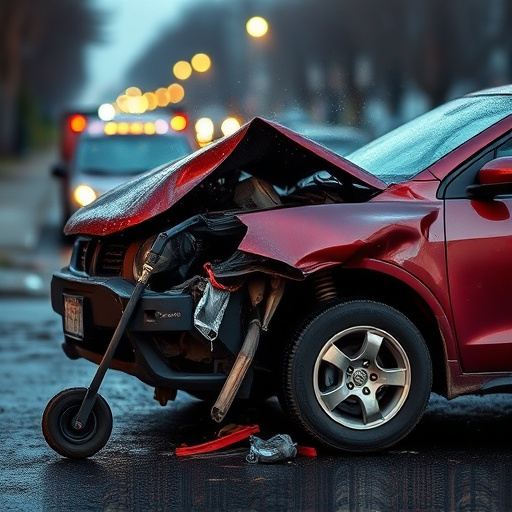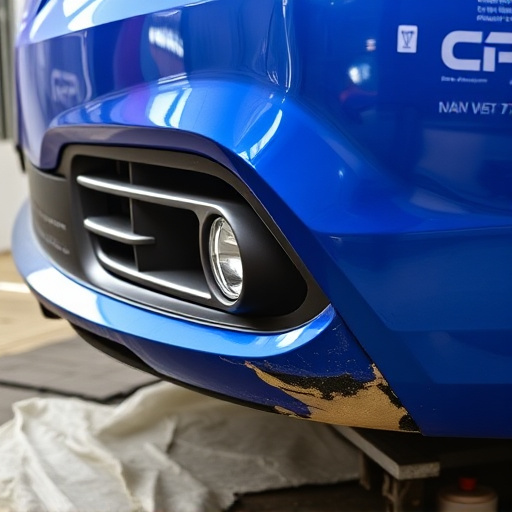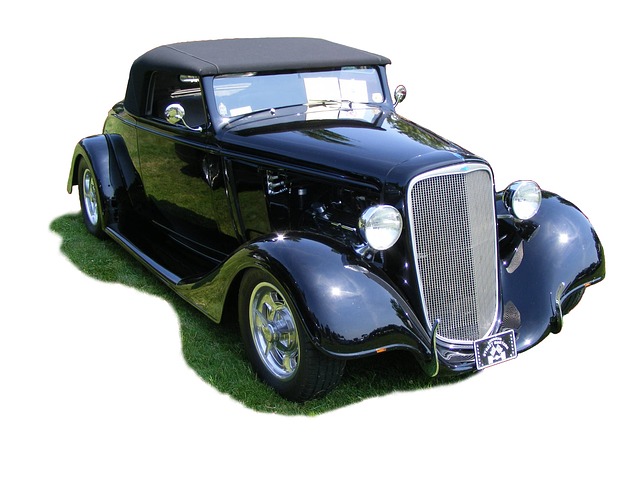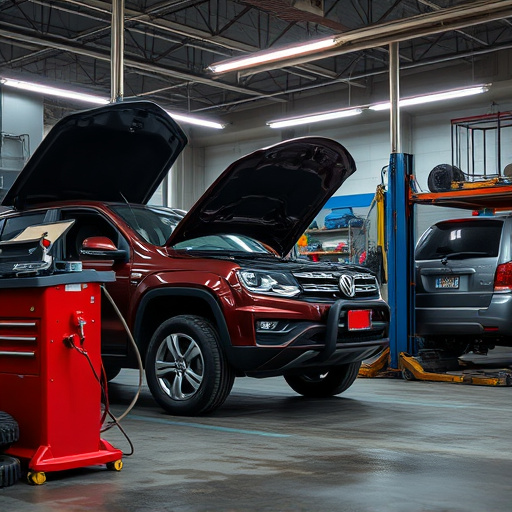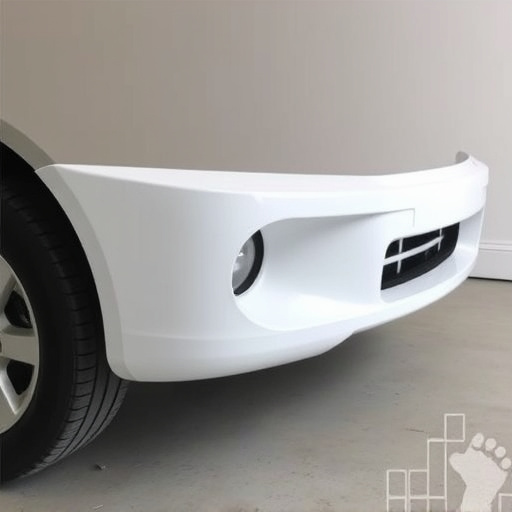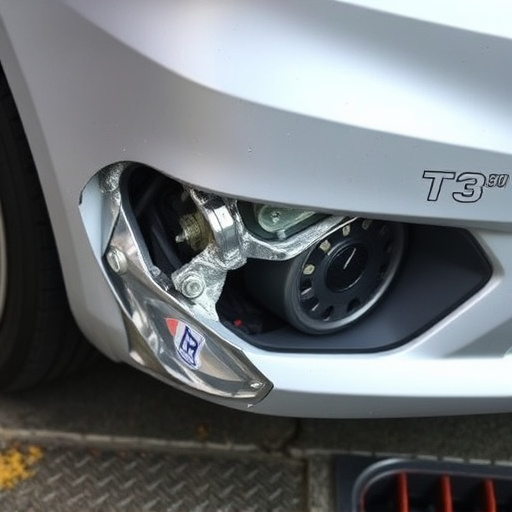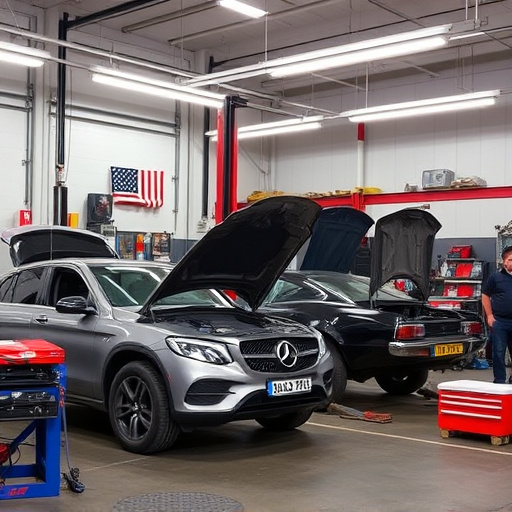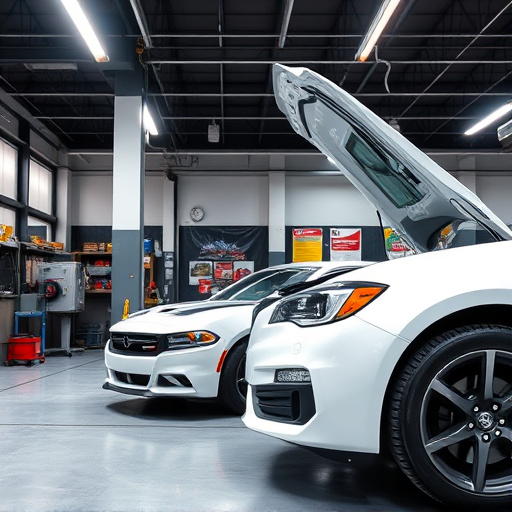While aftermarket auto glass offers cost savings, it poses safety risks if not of high quality or properly installed. Poorly manufactured glass may lack structural integrity and fit, increasing accident hazards. Reputable suppliers adhering to safety standards and skilled installation techniques are crucial for mitigating these risks.
Aftermarket auto glass: when does it become a safety hazard? While many opt for replacement parts to save costs, prioritizing quality is paramount for your well-being. This article delves into the risks associated with subpar aftermarket auto glass, comparing its safety to OEM standards. We explore factors that render glass hazardous and provide insights on identifying and mitigating potential dangers from poor-quality parts. Stay informed to ensure your vehicle’s windows offer the protection they’re designed for.
- Quality vs. Safety: Aftermarket Glass Comparison
- Factors Contributing to Auto Glass Hazardousness
- Recognizing and Mitigating Risks of Poor Quality Parts
Quality vs. Safety: Aftermarket Glass Comparison
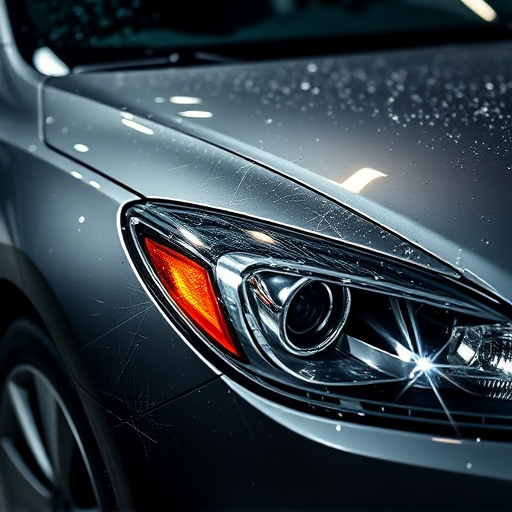
Aftermarket auto glass can be a cost-effective option for those seeking to replace damaged or cracked windshields and side windows. However, when it comes to safety, not all aftermarket glass is created equal. It’s essential to understand that while some suppliers offer high-quality products that meet or exceed industry standards, others may cut corners, leading to inferior quality and potential safety hazards.
When comparing aftermarket auto glass to original equipment manufacturer (OEM) glass, several key differences emerge. OEM glass is designed and manufactured specifically for a particular vehicle model, ensuring a perfect fit and optimal performance. It undergoes rigorous testing to meet stringent safety regulations. In contrast, aftermarket glass may not have the same level of precision in its design and manufacturing process, potentially compromising structural integrity and impact resistance. Luxury vehicle repairs often require specific glass types that are tailored to maintain the vehicle’s original aesthetics and safety features, making OEM glass the preferred choice for many automotive body shops specializing in frame straightening and high-end repairs.
Factors Contributing to Auto Glass Hazardousness
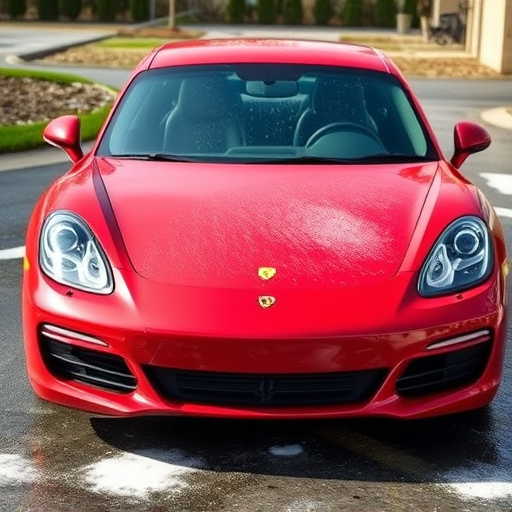
Aftermarket auto glass, while offering cost-effective solutions for vehicle owners, can become a safety hazard if not properly installed or maintained. Several factors contribute to its potential dangerousness. One primary concern is the quality and integrity of the glass itself. Poorly manufactured or subpar materials may compromise structural strength, making them more susceptible to shattering under stress. These issues often go unnoticed until the glass cracks, leading to a significant safety risk while driving.
Another critical aspect is the fitment process, especially when dealing with aftermarket parts. In an auto repair shop, skilled technicians meticulously align and secure glass panels to ensure a perfect seal, preventing water intrusion and maintaining structural integrity. However, inadequate installation practices in less reputable workshops can result in improper alignment, weak seals, or even loose glass edges. Such imperfections not only compromise the vehicle’s aesthetics but also pose potential hazards, including water leakage into the vehicle body repair and increased vulnerability to further damage during driving.
Recognizing and Mitigating Risks of Poor Quality Parts
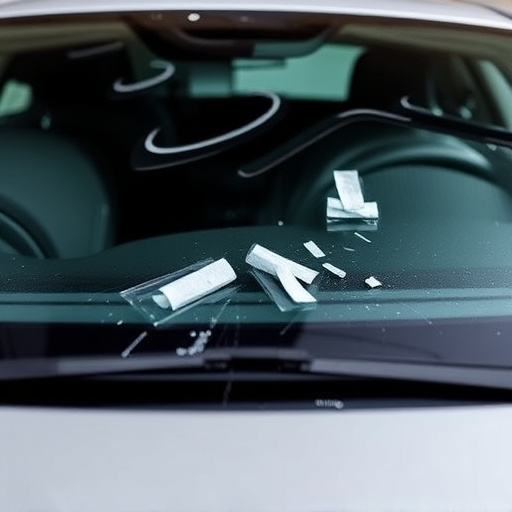
Aftermarket auto glass can be a cost-effective option for vehicle owners, but it’s crucial to recognize and mitigate potential risks associated with poor quality parts. One significant concern is safety. Glass that doesn’t meet industry standards or is not properly fitted can pose serious hazards while driving, leading to increased risk of accidents or injuries. Even seemingly minor issues like cracks, chips, or improper alignment can impair visibility, distract the driver, and ultimately compromise safety on the road.
To avoid these dangers, car owners should prioritize quality when purchasing aftermarket glass. Look for reputable suppliers who offer parts that adhere to strict safety regulations. Proper frame straightening and meticulous car paint repair techniques ensure a seamless fit and seamless integration with your vehicle’s existing structure. Even if you’re considering repairs like mercedes benz collision repair, it’s essential to use high-quality glass to maintain structural integrity and overall performance. This simple step can make all the difference in ensuring your peace of mind while driving.
Aftermarket auto glass can pose significant safety risks if not carefully considered. By understanding the factors that contribute to hazardous conditions, such as poor quality materials and manufacturing defects, car owners can make informed decisions. Regularly inspecting and replacing old or damaged windshield wipers, ensuring proper installation, and selecting reputable suppliers are crucial steps in mitigating these dangers. Prioritizing safety means recognizing that not all aftermarket glass is created equal, and taking proactive measures to protect yourself on the road.
